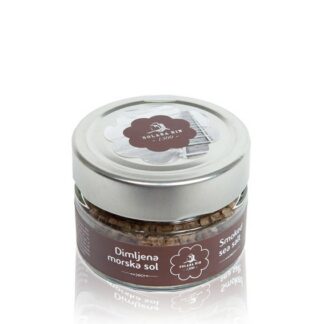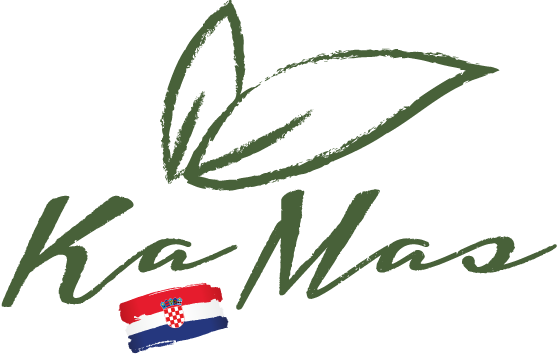Salt
Salt and its history
Salt is unique and timeless Salt has been here since there was water and stones and it will remain here very long after man. Historically, salt has followed human development since time immemorial. The discovery that salt makes food last longer has permanently changed life, human development and the economy.
The peculiarities of the hand harvested Niner sea salt
Natural salts are rock salt and sea salt. The rock salt is obtained from salt pits and the sea salt from the sea. Most salt plants produce salt industrially. The Nin salt plant does not do that. In the Nin salt plant, salt is collected from open fields. First of all, in the spring, all the pools are filled with sea water. In late spring and summer, the water evaporates and sea salt remains on the ground. This sea salt is hand harvested in the fall. Sea salt from Nin is original, unprocessed and thus rich in natural minerals.
In nutrition, hand-harvested and unrefined sea salt is the healthiest because it contains within it iodine from seaweed. Iodine is particularly important for normal functioning of the thyroid gland. Bromine is indispensable for the nervous system. Potassium increases concentration and cognitive abilities. Sea salt is a remedy for stress and cellulite, and thus an elixir for healthy and beautiful skin. Besides minerals and microelements, sea salt contains important amino acids and vitamins. Salt also influences the exchange of cells in the skin and subcutaneous tissues, which stimulates metabolism and the secretion of harmful substances.
How is Niner salt made in the first place?
The production of the Nin Salt Plant takes place in a natural and ecological way in five groups of basins in the open air. In the first four groups, natural evaporation of the Adriatic water takes place in the dry and warm season under the influence of solar and wind energy. In the fifth group, in the so-called crystallization basins, sea salt crystallizes from the saturated seawater (the brine).
With the help of the sun and windy days, for 1 mm of salt, it takes the evaporation of 8 mm of water. In Nin the salt is collected several times, the first harvest takes place when a 15 – 20 mm thick sight has formed. Before harvesting, salamur is left out, so that the salt is filtered out, or it becomes dry. The dry salt is then collected by hand and transported to our warehouses.
The Nin salt plant has produced an average of 3200 t. Salt. In the production of sea salt, high temperatures and wind, especially dry wind, such as the so-called maestral and strong wind (bura) are very useful. The harvest season lasts an average of 63 days during spring, summer and autumn.
Showing all 5 results
-

Coarse sea salt – unrefined, salt mill 170 g
Sale! Original price was: € 7,00.€ 5,90Current price is: € 5,90. Add to cart -

Sea salt spices
€ 9,00 Select options This product has multiple variants. The options may be chosen on the product page -

Smoked sea salt 100g
€ 11,00 Add to cart -

The Niner salt flower
Sale! € 8,00 – € 17,00 Select options This product has multiple variants. The options may be chosen on the product page -

The Niner Salt Flower with Black Truffle 80 g
Sale! Original price was: € 17,70.€ 13,10Current price is: € 13,10. Add to cart
Showing all 5 results
